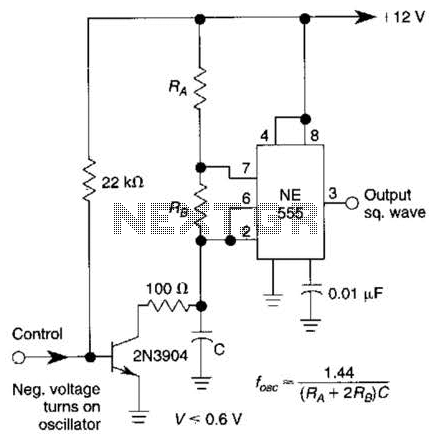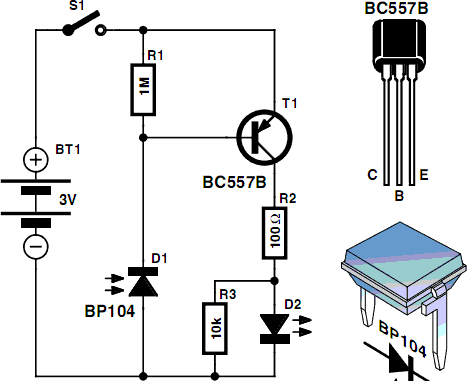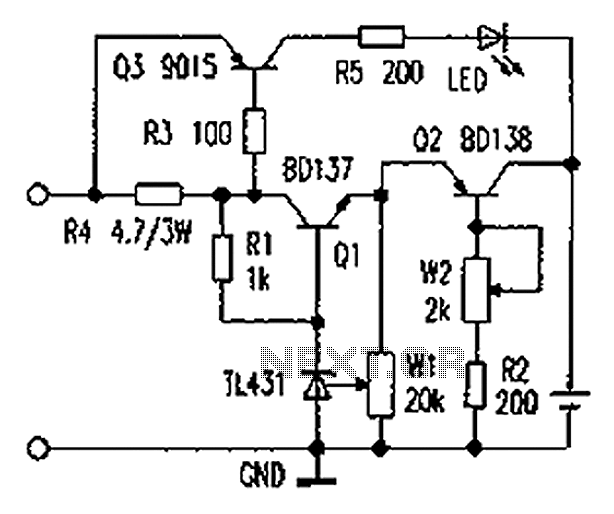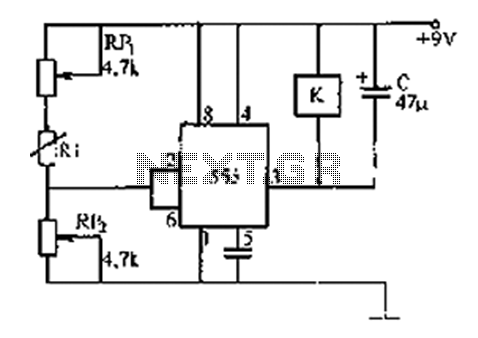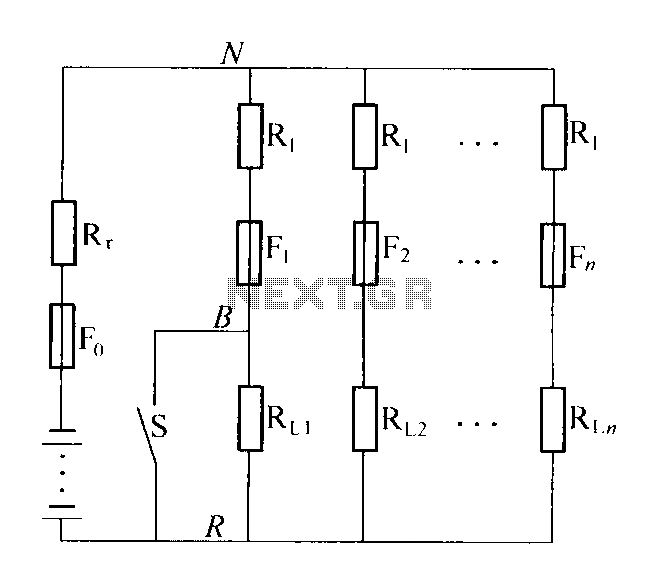
frequency conversion circuit composed of NE555

In the circuit, the oscillation frequency of the NE555 is controlled by VT2. When the output at pin 3 is low (during the T1 period), VT1 stops conducting, and VT2 begins to conduct with a current Ic2 flowing through it. The magnitude of this current is regulated by the output voltage of Al. The discharge time T1 for capacitor C2 is given by the formula T1 = C2U2 / (2Ic2), where Uz represents the stable voltage across VD1.
The circuit utilizes the NE555 timer IC in astable mode to generate a continuous square wave output. The frequency of oscillation is primarily determined by external components, including resistors and capacitors connected to the NE555. In this configuration, VT2 acts as a control element, modulating the discharge cycle of capacitor C2.
When the output at pin 3 of the NE555 is low, VT1 is turned off, which allows VT2 to conduct. The current Ic2 flowing through VT2 is influenced by the output voltage from amplifier Al, which serves to stabilize the circuit's operation. The formula for discharge time T1 indicates that the time constant is directly proportional to the capacitance of C2 and the voltage U2, while inversely related to the current Ic2. This relationship is critical for determining the frequency of oscillation and ensuring the desired performance of the circuit.
The stable voltage Uz across diode VD1 plays a significant role in maintaining the circuit's reliability, providing a reference point for the voltage levels involved in the timing cycle. The interplay between these components allows for precise control over the timing characteristics of the NE555, facilitating applications in timer circuits, pulse generation, and frequency modulation. Proper selection of the values for C2, the resistors in the timing network, and the characteristics of VT2 and Al is essential for achieving the desired oscillation frequency and waveforms.In the circuit, NE555`s oscillation frequency is controlled by the VT2, and during its pin 3 in the low output waveform (output waveform of the T1 period), as VTI stops, VT2 is conduction with current Ic2 flowing, and the size is controlled by the output voltage of Al. C2 discharge time T1 = C2U2 / (2Ic2), in the formula, Uz is the stable voltage of VD1. NE5.. 🔗 External reference
The circuit utilizes the NE555 timer IC in astable mode to generate a continuous square wave output. The frequency of oscillation is primarily determined by external components, including resistors and capacitors connected to the NE555. In this configuration, VT2 acts as a control element, modulating the discharge cycle of capacitor C2.
When the output at pin 3 of the NE555 is low, VT1 is turned off, which allows VT2 to conduct. The current Ic2 flowing through VT2 is influenced by the output voltage from amplifier Al, which serves to stabilize the circuit's operation. The formula for discharge time T1 indicates that the time constant is directly proportional to the capacitance of C2 and the voltage U2, while inversely related to the current Ic2. This relationship is critical for determining the frequency of oscillation and ensuring the desired performance of the circuit.
The stable voltage Uz across diode VD1 plays a significant role in maintaining the circuit's reliability, providing a reference point for the voltage levels involved in the timing cycle. The interplay between these components allows for precise control over the timing characteristics of the NE555, facilitating applications in timer circuits, pulse generation, and frequency modulation. Proper selection of the values for C2, the resistors in the timing network, and the characteristics of VT2 and Al is essential for achieving the desired oscillation frequency and waveforms.In the circuit, NE555`s oscillation frequency is controlled by the VT2, and during its pin 3 in the low output waveform (output waveform of the T1 period), as VTI stops, VT2 is conduction with current Ic2 flowing, and the size is controlled by the output voltage of Al. C2 discharge time T1 = C2U2 / (2Ic2), in the formula, Uz is the stable voltage of VD1. NE5.. 🔗 External reference
